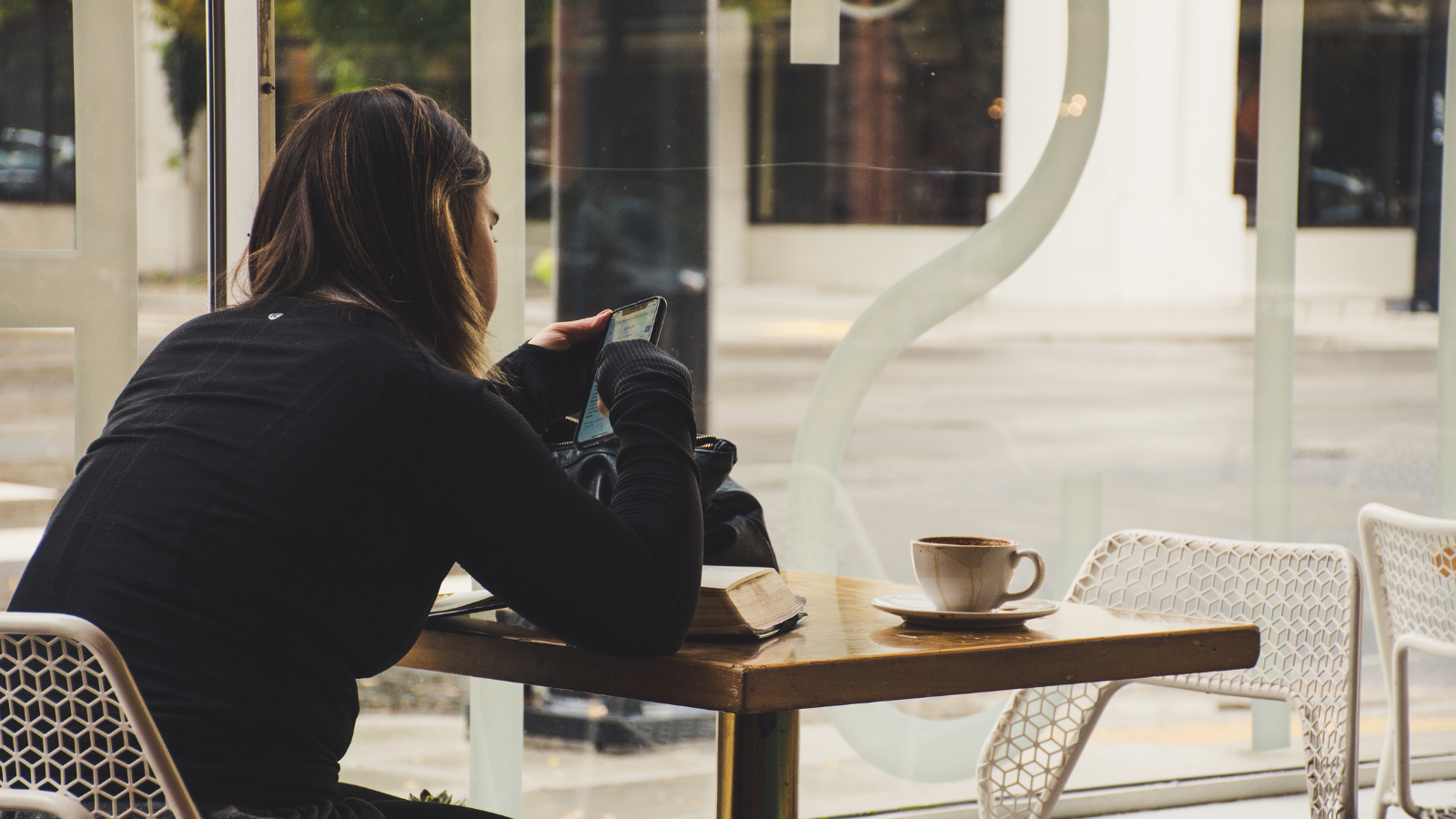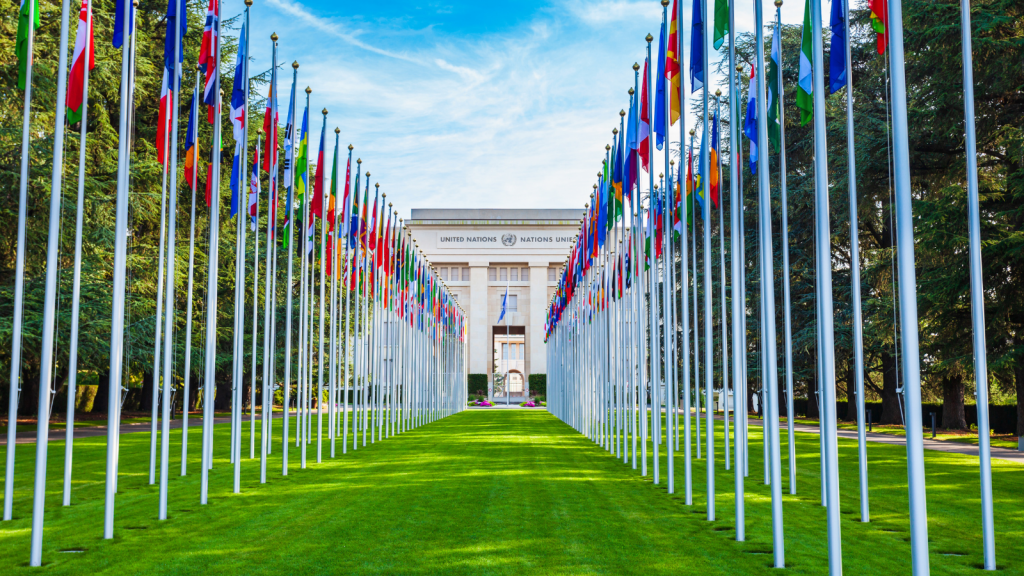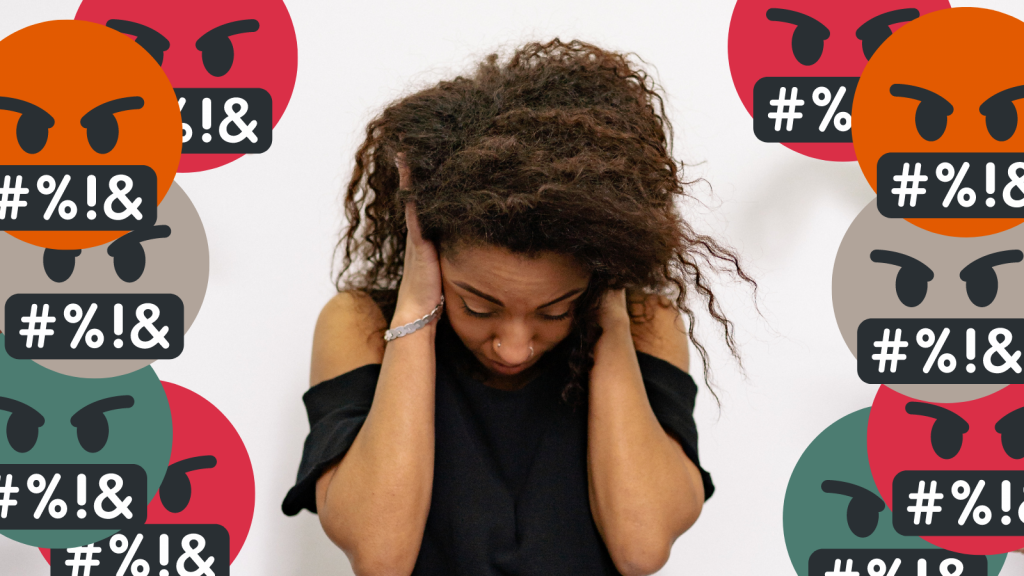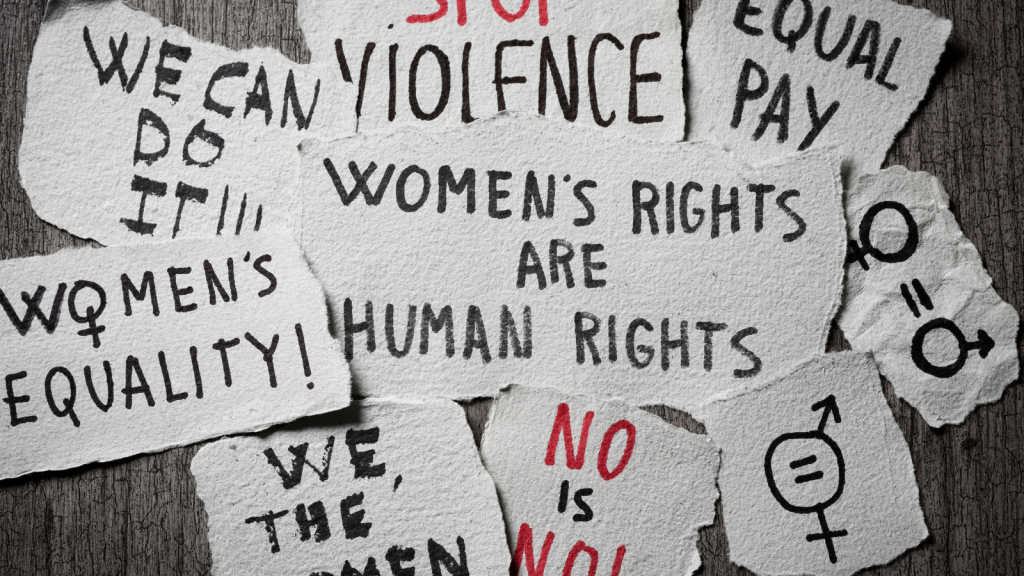The digital world we live in today is hostile to women – the global prevalence rate of online violence against women is 85%. It is highest in the Middle East (98%) and Latin America and the Caribbean (91%), and in high rates too for wealthy nations in North America (76%) and Europe (74%), according to the Economist Intelligence Unit.
In a country like Bangladesh, groups have reported that women are judged for even their mere presence on the internet, said Muthoni Muriithi, a Kenyan human rights lawyer and the co-director of The Accelerator which works on gender-based violence prevention.
“Women were told that women who go online are bad, they are nasty women, they are up to something, so already even before, there’s a threat. And when they finally do get to these online spaces…the more visible they are, the more they are exposed to trolls and harassment. And that way, women learn to self-censor,” said Muriithi.

Women of influence and power are prevalently attacked online: 73% of women journalists and 58% of women parliamentarians are victims of online attacks, according to UN Women.
Muriithi calls this as “power fighting back.” The online world, she says, is where the continuum of gender discrimination happens. Inequalities that exist offline continue online, but because the digital space can provide opportunities for women to tilt the balance of power, at times to their favor, “then the power fights back.”
“Those who are not happy with the disruption of power, those who are not happy that women are becoming more empowered, that marginalized people are speaking out, they also use the platform to advocate for misogynistic content, racism, etc.,” said Muriithi.
Enter the international human rights law.
A legal gap
That women’s rights are international human rights have long been established. There are 189 countries that have ratified the Convention on the Elimination of All Forms of Discrimination against Women (CEDAW).

Under CEDAW, and the complimentary regional treaties and protocols, case law around the world has developed so that countries are under obligation to protect women from gender-based violence. For example, the Maputo Protocol in Africa has allowed the likes of the Kenyan High Court to hold the government accountable for failing to investigate and prosecute gender-based violence in the aftermath of their 2007 elections.
But what about online gender-based violence? That’s the gap.
Online gender-based violence or OGBV is a new concept, and both government and judicial authorities are at a loss on how to navigate the current set of statutes, or even if they are sufficient enough to address the increasing problem.
“Our human rights frameworks were designed in the 40s, there was no internet…I would say that as lawyers, we have to use what we have at the moment, until we have better,” said Muriithi.
It’s this lack of certainty and confidence that they will be protected that discourages women from going online, widening the gender digital divide which puts 37% of all the women in the world off the internet.
“One of the things we’ve been seeing through the research is that because women, because of this massive situations of violence and abuse and frankly lack of safety and personal control, of one’s ability to fully understand that when they use technology – what’s happening behind the scenes, who’s watching our conversations, who’s asking for our data, because of that uncertainty, women refrain from engaging and this is where skills are so important,” said Sonia Jorge, founder of the Global Digital Inclusion Partnership (GDIP), and its executive director for strategy and partnerships.
Vigilance on laws
Countries around the world have a wide range of domestic legislations made especially for protecting women against violence, but Muriithi said most of them address the issue only after the violence has occurred. The positive obligation for governments to prevent violence from happening is scarce in national laws. That’s another legal gap on top of the fact that OGBV is a new largely uncharted judicial waters.
Although she advocates that women and lawyers “take more cases” to court to carve out a positive jurisprudence on OGBV, Muriithi was also quick to caution against “undemocratic governments using the same legislations and making it as an excuse, using the pretense of protecting women and children, and using it to target human rights defenders and journalists who are talking about state violations.”
In countries like Uganda and Ghana, women are being punished under criminal laws against sharing pornographic content even though their images were illegally obtained and distributed.
For Muriithi, these kinds of laws, and the opportunity and space for them to be weaponized against women, are just a reinforcement of social norms that have existed long before the internet: discrimination against women.
“For me, the gap that nobody is talking about is how governments are investing to change attitudes, our understanding, how to behave online, what kind of norms are acceptable or not. That can be done while we talk about platforms and regulations,” said Muriithi.

Jorge of GDIP agreed, saying that: “You can’t divorce infrastructure from privacy, from universal access and affordability, you have to think in those terms, when you don’t, we fail and I think that’s what the world has shown.”
“When we don’t think about them from the outset, we ourselves by default are creating the possibilities for these systemic, discriminatory, marginalizing approaches to actually be replicated [in the online world],” said Jorge.
‘It’s not a neutral world’
Muriithi said that the working premise should always be that the internet is not a neutral world. It was designed by men – the men who had greater opportunities in education and the technological corporate world to be able to build the internet systems – and therefore, designed for them.
A global analysis of artificial intelligence (AI) systems across industries has shown that only 22% of workers in AI were women, and that the same AI systems demonstrate 44% gender bias, according to UN Women.
“I don’t ever want to imagine that the internet is neutral, the internet is not neutral,” said Muriithi, pointing out that the budget that governments have put in to address gender-based violence has been “negligible.”
Jorge said the international community has to step up for the women of the world, whether that’s developing the international human rights law regime, or designing policies to change behaviors and attitudes.
“Countries look at their peers, they compare, they want to be at a point where they can feel that they’re doing okay, so the pressure from global systems, from international organizations like the UN is important because no country wants to be an outlier,” said Jorge.
In this task, the job falls on women themselves. “Anything that the world has to develop, if women are not front and center, we get left out, our realities are never taken into consideration,” Muriithi said.
This story was produced in partnership with Rappler.com.
About GDIP
The Global Digital Inclusion Partnership is a coalition of public, private, and civil society organizations working to bring internet connectivity to the global majority and ensure everyone is meaningfully connected by 2030. GDIP advances digital opportunities to empower and support people’s lives and agency, leading to inclusive digital societies.


